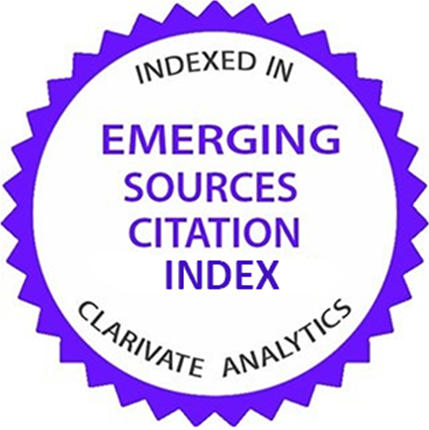Beyond the obvious: spontaneous esophageal perforation mimicking flank pain
Abstract
Spontaneous esophageal perforation, also known as Boerhaave syndrome, is a rare but potentially fatal condition that classically presents with chest pain, vomiting, and subcutaneous emphysema. Atypical presentations can lead to diagnostic delays and increased morbidity and mortality rates. A 51-year-old male presented to the emergency department with isolated left flank pain. The CT scan unexpectedly revealed bilateral diffuse subcutaneous emphysema and left pleural effusion. Following chest tube insertion, food particles were recovered from the pleural drainage, which established the diagnosis of esophageal perforation. Emergency surgical repair was performed successfully with a good clinical outcome. This case highlights the importance of maintaining high clinical suspicion for esophageal perforation even in patients presenting with atypical symptoms. The absence of classic triad symptoms should not exclude this diagnosis from consideration. CT imaging can provide crucial diagnostic information when the clinical presentation is unclear or atypical.
Khaitan PG, Famiglietti A, Watson TJ. The etiology, diagnosis, and management of esophageal perforation. J Gastrointest Surg. 2022;26(12):2606-15.
Shaqran TM, Engineer R, Abdalla EM, Alamoudi AA, Almahdi R, Aldhahri A, Alghamdi AM, et al. The management of esophageal perforation: a systematic review. Cureus. 2024;16(7).
Rajendran AS, Bruns H. Boerhaave syndrome: spontaneous rupture of the oesophagus systematic literature review and treatment algorithm. Int J Acad Med Pharm. 2024;6(3):603-10.
Luan S, Xiao X, Zeng X, Ren J, Liu W, Luo J, et al. Clinical efficacy of different therapeutic strategies in patients with spontaneous rupture of the esophagus: a multicenter retrospective cohort study. Int J Surg. 2025 ;111(1):865-71.
Shaheem S, Panikkaveettil H. Aetiology, clinical manifestations, diagnosis, and treatment of oesophageal perforation: a review. Cureus. 2024;16(2).
Norton-Gregory AA, Kulkarni NM, O’Connor SD, Budovec JJ, Zorn AP, Desouches SL. CT esophagography for evaluation of esophageal perforation. Radiographics. 2021;41(2):447-61.
García-Moreno V, Maiocchi K, Gómez-Quiles L, Villarin-Rodríguez A, Aliaga-Hilario E, Martínez-Hernández A, et al. Treatment of esophageal perforation: a review of our experience at a tertiary referral hospital spanning the past 19 years. Revista de Gastroenterología de México (English Edition). 2022;87(4):405-10.
Glatz T, Marjanovic G, Kulemann B, Hipp J, Hopt UT, Fischer A, et al. Management and outcome of esophageal stenting for spontaneous esophageal perforations. Diseases of the Esophagus. 2017;30(3).
Ali JT, Rice RD, David EA, Spicer JD, Dubose JJ, Bonavina L, et al. Perforated esophageal intervention focus (PERF) study: a multi-center examination of contemporary treatment. Diseases of the Esophagus. 2017;30(11):1-8.
Huang Y, Lu T, Liu Y, Zhan C, Ge D, Tan L, et al. Surgical management and prognostic factors in esophageal perforation caused by foreign body. Esophagus. 2019;16(2):188-93.
verskov, V., Wiesel, O., Schiller, S. et al. First impressions, second chances in esophageal perforations: treatment pathways and outcome prediction. Updates Surg (2025).12-Wang KJ, Alexander EV, Worrell SG. Surgical versus endoscopic management of esophageal perforation. Current Opinion in Gastroenterology. 2025;41(4):239-44.
| Files | ||
| Issue | Vol 9 No 3 (2025): Summer (July) | |
| Section | Case (report / study) | |
| DOI | 10.18502/fem.v9i3.20022 | |
| Keywords | ||
| Atypical Presentation Boerhaave Syndrome Esophageal Perforation Flank Pain Pleural Effusion | ||
| Rights and permissions | |

|
This work is licensed under a Creative Commons Attribution-NonCommercial 4.0 International License. |










